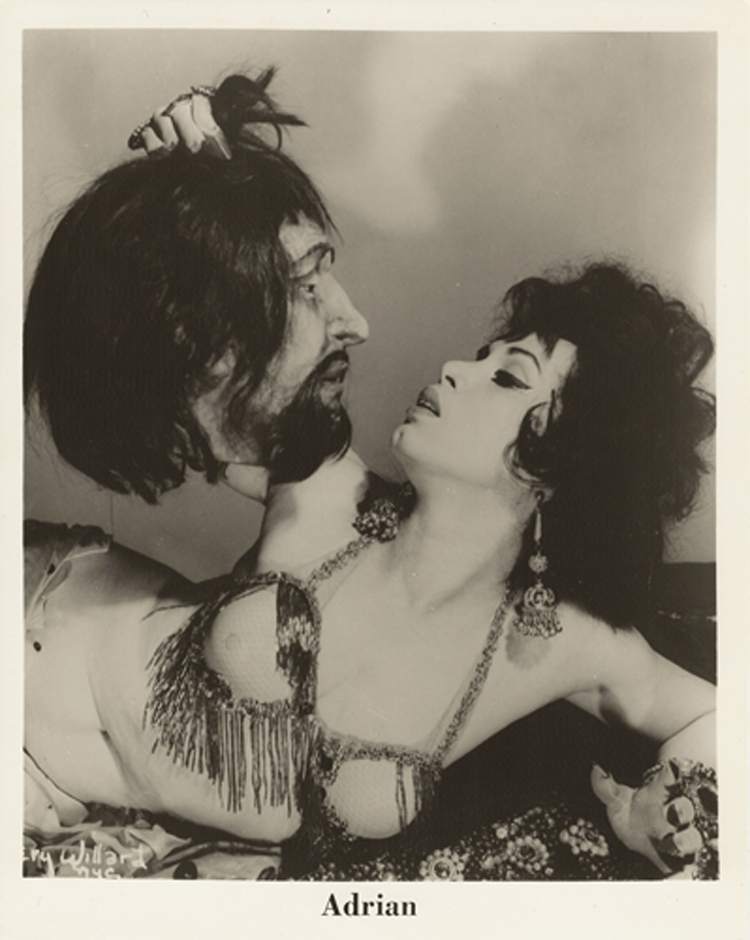A few months ago we were delighted to receive a Tell Your Story entry from New York-based poet William Leo Coakley. Poignant and dishy, in the vein of Edmund White’s memoir City Boy, the five paragraphs Coakley sent us whetted our appetite for a larger untold tale of gay life amongst the avant-garde artists of the 1950′s and 1960′s. We asked Coakley if he would be up to the task of expanding his story and only last week we received a sprawling and wonderful memoir which we will publish in a three-part series over the next two weeks. Apart from the details about the lives of the artists Coakley knew, the most poignant story told is that of the author’s relationship with his partner Robin Prising.
James Merrill, the richest American writer (thanks to his father’s Merrill Lynch millions) had a personal foundation during his lifetime that helped his fellow poets. One of them was my friend Helen Adam, the traditional Scots balladeer who somehow was taken up in San Francisco by the Beats and other poets there like Robert Duncan. The grant helped her take her popular ballad-opera San Francisco’s Burning to New York where it had a beautiful performance at the Judson Church Theatre in Washington Square with a new score by its gay minister-composer Al Carmines and Helen’s reprising her bewitching role as the Worm Queen. But a bitchy ex-lover of Carmine’s, then the reviewer for the Village Voice, published his nasty review that killed the opera’s chances.
I was already living with the actor, writer, and pacifist Robin Prising (we would stay together until his death three years ago). Helen was introduced to us by Robin’s previous lover, who had lived in San Francisco on his way to teach in Japan, and she soon became our fast friend. Helen introduced us to many queer writers and film-makers of interest, notably the poet Marilyn Hacker and the novelist and hotly gay memoirist Samuel “Chip” Delaney. Their queer marriage understandably didn’t last, but it brought forth a remarkable daughter.
I had first seen Robin, gloriously all in white, leading an anti-capital punishment protest march he had organized in the spring of 1960 with Elaine de Kooning and the great American Socialist and pacifist David McReynolds. More…




